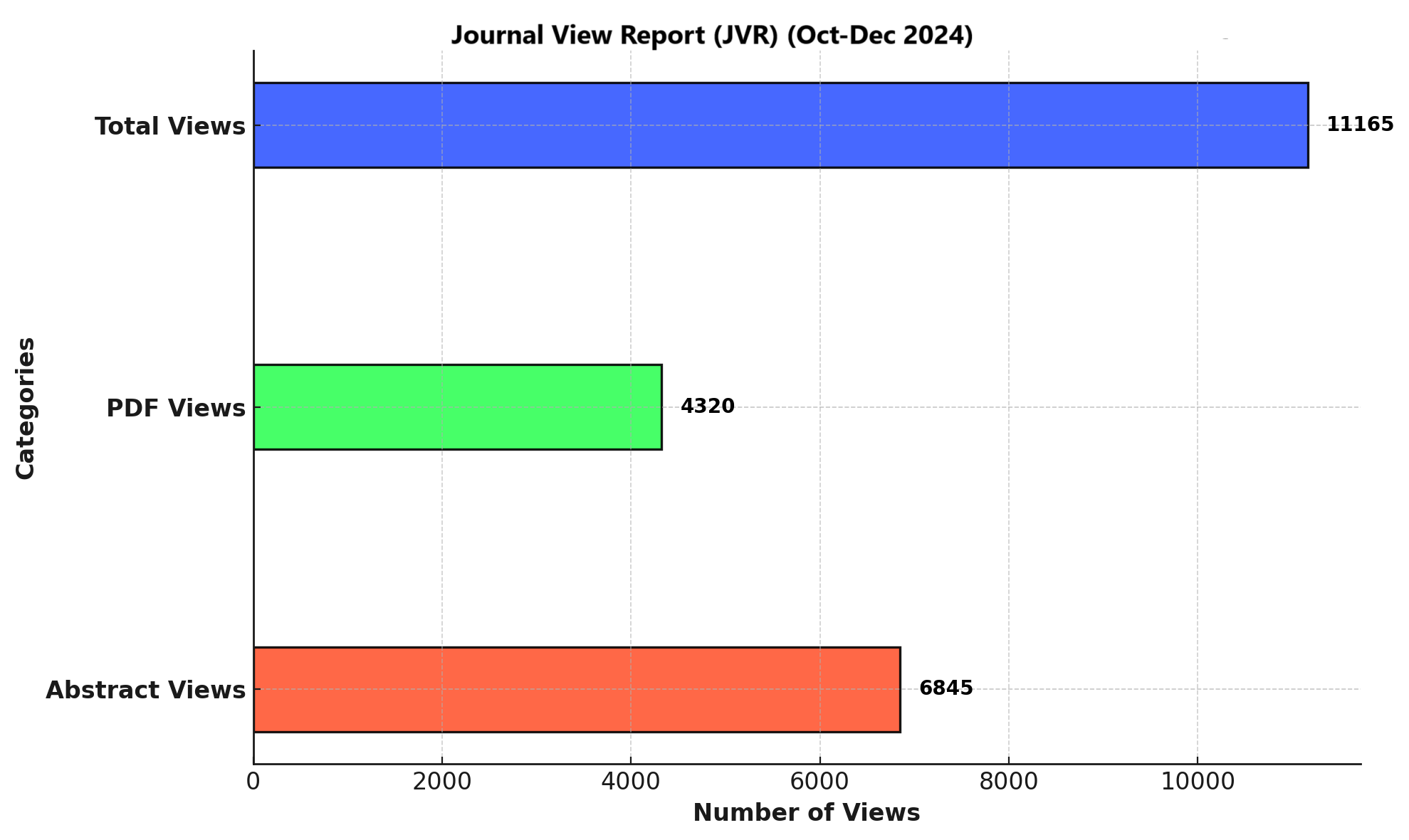EPIDEMIOLOGICAL ANALYSIS OF RISK FACTORS ASSOCIATED WITH CARDIOVASCULAR DISEASE AS A PUBLIC HEALTH CONCERN
DOI:
https://doi.org/10.71000/2h0b6550Keywords:
Cardiovascular Diseases, Diabetes Mellitus, Hypertension, Myocardial Infarction, Pakistan, Risk Factors, Rural HealthAbstract
Background: Cardiovascular diseases (CVDs) are the foremost contributors to global morbidity and mortality, particularly in low- and middle-income countries. In Pakistan, the burden of CVDs continues to rise, influenced by both demographic and lifestyle transitions. Despite national efforts, rural regions remain underserved in terms of data and preventive strategies. Understanding localized trends is crucial to inform effective public health responses, especially in high-risk, resource-limited settings such as District Dir Lower, Khyber Pakhtunkhwa.
Objective: To assess the prevalence, distribution, and major modifiable risk factors associated with cardiovascular diseases in District Dir Lower over the years 2023 and 2024.
Methods: A descriptive cross-sectional study was conducted across 46 healthcare facilities, including a teaching hospital, six tehsil headquarters hospitals, ten rural health centers, four category-D hospitals, and twenty-five basic health units. Data from 7,269 patients (3,598 in 2023 and 3,671 in 2024) were collected using structured, interviewer-administered questionnaires. Information on clinical presentation, demographic characteristics, disease types, and risk profiles was obtained and analyzed using SPSS version 25. Chi-square tests were applied to compare trends between years, with a significance level of p < 0.05.
Results: Myocardial infarction was the most frequent diagnosis (35.8% in 2023; 36.0% in 2024), followed by acute coronary syndrome (26.0% and 25.4%) and ischemic heart disease (7.4% and 7.6%). Males represented 58% of cases each year, and the highest age-specific prevalence was recorded in the 61–70 age group (58.2% in 2023; 58.1% in 2024). Tehsil Munda accounted for the highest case load (31.8% in 2023; 32.2% in 2024). Hypertension prevalence rose from 55.2% to 56.5%, diabetes from 23.1% to 23.9%, and high cholesterol from 36.0% to 43.0%.
Conclusion: The findings emphasize a growing cardiovascular burden driven by modifiable risk factors. Strategic community-level interventions and healthcare system strengthening are urgently required to reduce disease incidence and improve long-term outcomes in rural Pakistani populations.
Downloads
Published
Issue
Section
License
Copyright (c) 2025 Asad Qamar Abbas Khan, Mohammad Imran Younus, Watan Dost, Hassan Raza, Subhan Uddin, Mehtab Ulhaq, Zainab Tariq, Hamna Tariq (Author)

This work is licensed under a Creative Commons Attribution-NonCommercial-NoDerivatives 4.0 International License.







